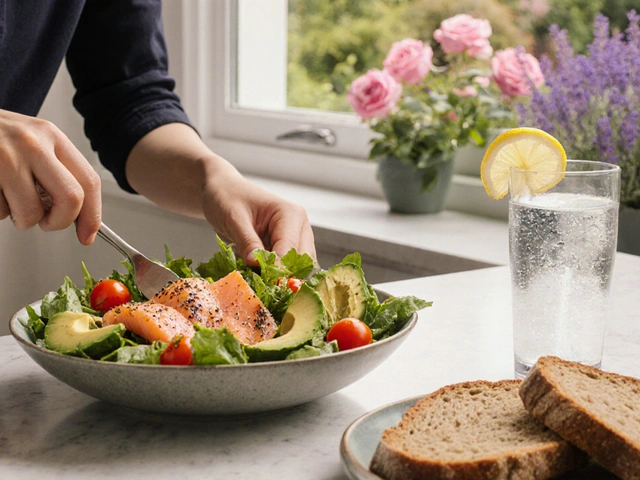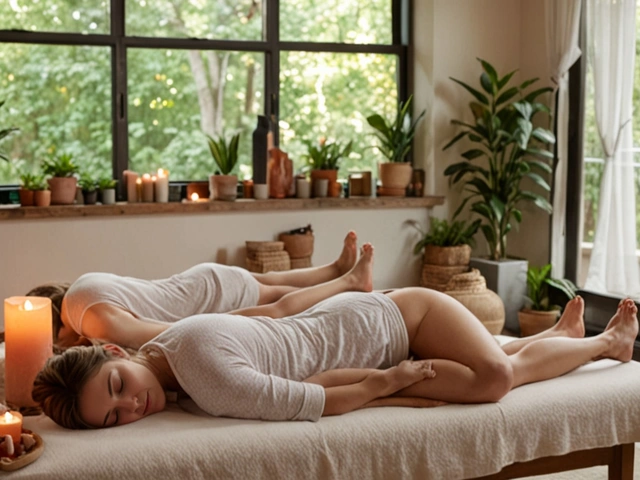Elephant Massage: Safe Techniques and Practical Care
Working with elephants is rewarding but different from massaging people or pets. Their skin, muscles, and behavior need respect and care. This page gives clear, actionable tips for caretakers, mahouts, and vets who want to use touch safely to help an elephant feel better.
When and Where to Massage an Elephant
Pick a calm time—after feeding or a gentle walk. Avoid sessions during hot midday heat, right after heavy work, or when the elephant shows stress signs (trunk stiff, swinging, loud trumpeting). Choose a flat, safe spot with clear exits and at least one trained helper nearby. If the elephant has wounds, infections, or is pregnant, check with a vet first.
Step-by-Step Safe Elephant Massage Routine
Start by watching. Stand where the elephant can see you and wait for relaxed signals: slow breathing, ear flapping at a steady pace, leaning into you. Approach slowly and let the elephant sniff your hand. Use a calm voice and slow movements.
Use your palm and flat fingers to stroke large muscle groups. Focus on the neck, shoulders behind the ears, the back just before the hips, and the base of the tail. Use long, even strokes along the muscle fibers. Keep pressure firm but steady—elephants have thick skin and big muscles, so gentle human-style pressure won’t reach deep tissues, but avoid hard pokes or digging.
For tension, use slow circular motions with the heel of your hand or forearm over the shoulders and base of the neck. Keep each area short—4 to 6 minutes—and check the elephant’s response. If the animal leans in, lowers the head, or rumbles softly, it’s likely enjoying the work. If it pulls away, flaps ears rapidly, or shows signs of irritation, stop and reassess.
Avoid the trunk tip, eyes, mouth, underside of the belly, and joints unless trained. Never press on the rib cage or directly over the spine. Do not use oils or creams without vet approval; some products irritate the skin or attract insects.
Keep sessions short at first—5 to 15 minutes—and build up trust. Pair massage with positive reinforcement like calm touch, food rewards, or known commands. Document any physical changes and report them to the vet.
Benefits include better blood flow to skin and muscles, easier grooming, reduced stiffness, and stronger trust between handler and elephant. Massage also helps during grooming or simple medical checks, since a calm animal is easier to examine.
Remember safety: always work with someone else, know escape routes, and never turn your back on an unsettled elephant. Massage should be an aid, not a replacement for veterinary care or proper habitat, nutrition, and rest. For new handlers, seek training from experienced elephant caretakers or vets before starting any routine.
If you care for an elephant, ask a vet for a tailored plan and start slow. Safe touch can improve comfort and deepen the bond—when it’s done right.

Elephant Massage: An Unexplored Realm of Animal Therapy
Hi there! Did you know about the unexplored realm of elephant massage? It's a unique and fascinating component of animal therapy. In this post, I'll delve into the intriguing world of elephant massage, shedding light on its therapeutic benefits and how it's done. Join me in unraveling this lesser-known, yet incredibly impactful, aspect of animal therapy.

Healthy Diet Essentials for a Vibrant Life
Sep, 26 2025



